Financial support is essential if artistic freedom is to be upheld. What has been a matter of course in Germany for decades is the subject of fierce controversy in the USA at the moment.
Creativity, talent, connections, the right time, the right place: All of that and more is needed to create art. However, without the right infrastructure, without financial support by third parties, many artists and organizations would not be able to create art. Without subsidies many creative projects would not only not see the light of day, but, without that safety net, the additional backup that creates the freedom for creative work, many artworks would probably not have been thought up in the first place.
Originally provided by nobles, kings and emperors, as of the late 18th century public patronage of the arts and culture in Germany became a domain in which the new middle classes were involved. While they were still blocked from participation in government, at the local level they were able to develop a cultural identity of their own, as expressed above all by art associations. Not until the 1970s did the federal states start to assume responsibility for cultural policy, interpreting this cultural mission as part of the overall mission to support the common good. The ever stronger national and international links in the world today led in Germany alongside cultural support by local authorities and the states to the establishment of two additional, independent entities that act nationwide: the Kulturstiftung der Länder and the Kulturstiftung des Bundes (German Federal Cultural Foundation).
A glance at America – astonishes
The Kulturstiftung der Länder was founded in 1987 with the goal of preserving outstanding examples of the national cultural heritage for German museums, libraries and archives, and presenting them to the general public. Thanks to its work, sensational archaeological finds such as the oldest manuscript version of the Song of the Nibelungs, masterpieces by Peter Paul Rubens, Vassily Kandinsky or Gerhard Richter, as well as precious examples of literary history, such as the manuscript of Franz Kafka’s novel “The Trial” were preserved for posterity. Kulturstiftung des Bundes, by contrast, was first founded in 2002 and focuses primarily on supporting projects with an international thrust as well as cultural exchange and cross-border collaboration. It is one of the largest publicly financed cultural foundations in Europe with an annual budget of some EUR 40 million sourced directly from the federal budget. It supports, for example, large projects such as the documenta, the Tanztreffen and much more besides.
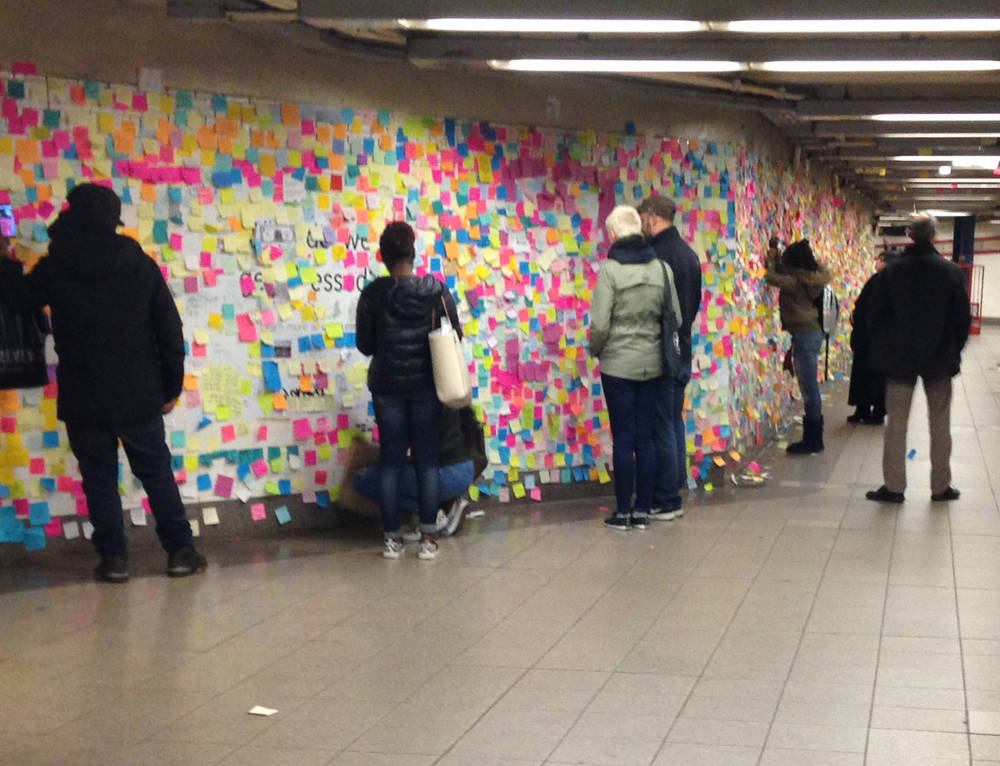
If we shift attention from Europe and cast a glance at the United States then it is surprising to see that an independent system of national support has been in place there since as long ago as the 1960s, namely the National Endowments for the Arts (NEA) and the National Endowments for the Humanities (NEH). The NEA and the NEH were founded by Congress in 1965 as a joint foundation under President Lyndon B. Johnson in order to guarantee all Americans access to art and culture. For an “advanced civilization must not limit its efforts to science and technology alone, but must give full value and support to the other great branches of scholarly and cultural activity.” (National Foundations of the Arts and Humanities Act of 1965)
Ronald Reagan und Donald Trump
Like the Kulturstiftung des Bundes and the Kulturstiftung der Länder the NEA and NEH support projects at the national level, and the type of projects thus promoted is similar. However, unlike in Germany, where the two foundations together have a fixed total budget of about EUR 50 million allocated from the budgets of the state ministries of culture (Kulturstiftung des Bundes) and contributions from the federal states (Kulturstiftung der Länder), the budget for the NEH and NEA is determined each year by Congress. Under Barack Obama the NEA and NEH together received about USD 300 million in 2016, which amounts to a mere fraction of the total annual budget, namely some 0.008%. In Germany, by contrast, in 2016 about 0.01% of the annual budget was committed to art and culture.

Trojan horse as a statue of liberty, part of the Doomocracy Project by Pedro Reyes and Creative Times of October 2016, Image via Instagram
In the US this looks set to change: In his proposal for the 2018 budget, the so-called America First Budget Blueprint, President Donald J. Trump intends to cut national support for art and culture completely in favor of a budget focused on defense and security. Traditionally, the president proposes a budget and forwards it to Congress, which then decides how to implement it. Since the foundation of the NEA and NEH over 50 years ago, Donald J. Trump is the first president to propose the elimination of all support for culture. Under President Ronald Reagan in the 1980s there were suggestions that the NEA and NEH budgets be cut, but the pressure of the foundations’ supports in the two parties persuaded Reagan to decide against pursuing the matter.
Alicja Kwade in the streets of New York
Although the NEA and NEH account for only a fraction of the US budget in the last 50 years, they are key to the existence of the chronically underfinanced field of art and culture. Together the two bodies have approved several hundred thousand grants in the last five decades. This national support enabled the Metropolitan Opera to open on New York Times Square, Alicja Kwade to exhibit in the streets of New York City and Shakespeare to be performed in theaters throughout the country.
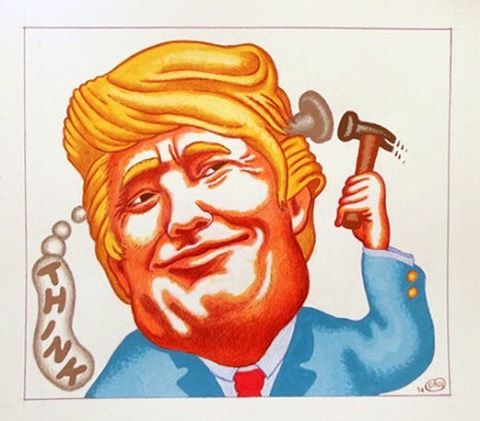
Alongside museums such as the MoMA and the Drawing Center in New York City both cultural organizations like the New York Foundation for the Arts (NYFA) and individual artists benefit from funding. Thus, since Trump’s budget blueprint went public on March 16 countless critical voices from the world of art and culture have been heard: Actress Julie Andrews and Sundance Festival founder Robert Redford have appealed to Congress in open letters and commentaries, major museums such as the Metropolitan Museum of Art in New York have made public statements to the press, PEN America, one of the world’s largest literary institutions, has launched a petition already signed by famous artists such as Jasper Johns, Marina Abramović, Julian Schnabel and James Turrell.
Resolutely opposing the cuts
Michael L. Royce, Director of NYFA, a foundation established in 1971 to support freelance artists and small art organizations nationwide in their daily work, summarized the importance of the NEA and NEH and the impact of terminating them as follows: “As an organization that supports artists in all disciplines and geographies, New York Foundation for the Arts is staunchly opposed to the move to eliminate the National Endowment for the Arts and National Endowment for the Humanities. NYFA and many other organizations across the country have received vital support from these agencies, with direct benefits to our artists and their communities.”

Brett Littman, Executive Director of the Drawing Center, a New York museum dedicated since 1977 to historical and contemporary drawing, likewise feels the situation is tough. For him such a budget cut would “cause great harm to the way normal Americans perceive the value of the arts around the country. The NEA is a great stamp of approval for local institutions and gives people the feeling that what they are doing is important and worthwhile to receive tax dollars to support it.”
Hope dies last
Nothing is decided yet. On April 30, 2017, the two parties in Congress agreed on a stop-gap budget covering public financing through to the end of September 2017, averting a threatened government shutdown, such as was last witnessed under Barack Obama in 2013. In this bipartisan agreement the US Congress initially rejected, among others, additional cash to build a wall between the USA and Mexico and, contrary to the president’s wish, surprisingly resolved to increase the NEA and NEH budgets by USD 2 million in each case. The US legislative must now give this agreement its blessing. In coming months, Congress will then debate the final annual budget for 2018. One can only hope that Congress does not decide to withdraw that lifeline, that safety net for US artists and cultural organizations so crucial to enable great art to be thought and produced.
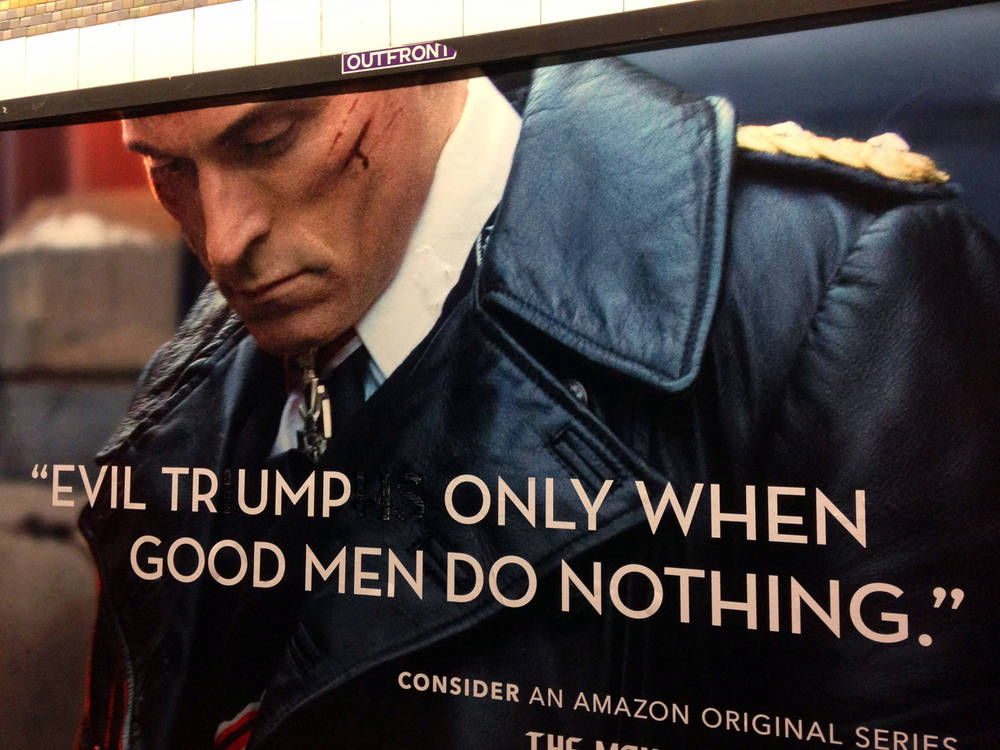

5 questions for Mary Messhausen and proddy produzentin
With the performance "Thonk piece: Hungry for Stains", drag queens Mary Messhausen and proddy produzentin will open the exhibition COSIMA VON BONIN....

You Get the Picture: On Movement and Substitution in the Work of Lena Henke
The artist LENA HENKE already exhibited in the SCHIRN Rotunda in 2017. What are the secrets of her practice and where can you find her art today?

Vestiges of the Past in the Present
For decades now, Anita di Bianco has been exploring corrections and rectifications in international newspapers. In the next DOUBLE FEATURE she will be...

Lyonel Feininger and the Harvard Art Museums. Part 2
The Harvard Art Museums host the largest Lyonel Feininger collection in the world. The directors Lynette Roth and Laura Muir chat about Feininger’s...
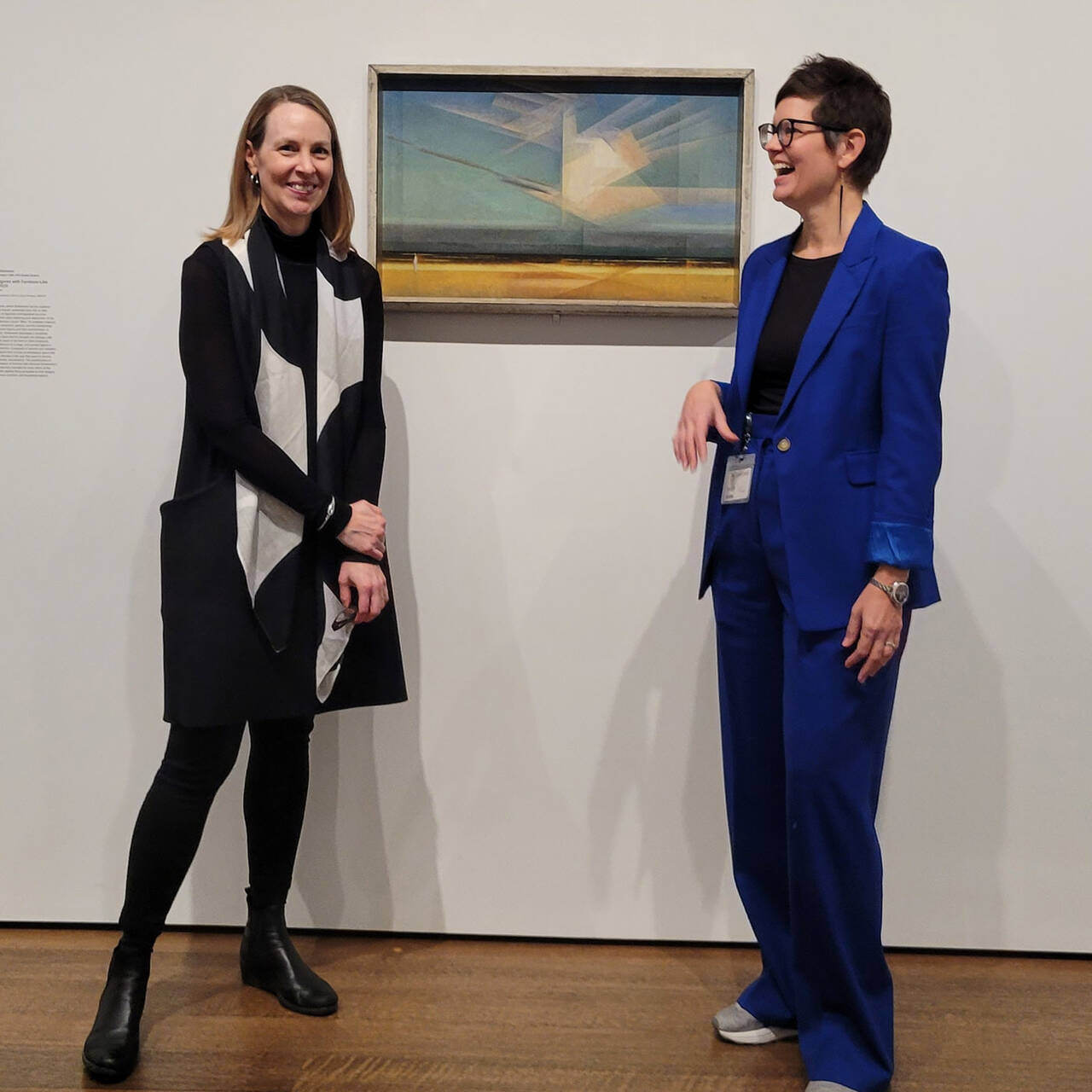
Lyonel Feininger and the Harvard Art Museums. Part 1
The Harvard Art Museums host the largest Lyonel Feininger collection in the world. How did that happen and how was the relationship between the artist...

'Have yourself an experimental Christmas'
Bored of watching the same old Christmas films over and over again? Here are some of our favourite experimental films for the festive season.
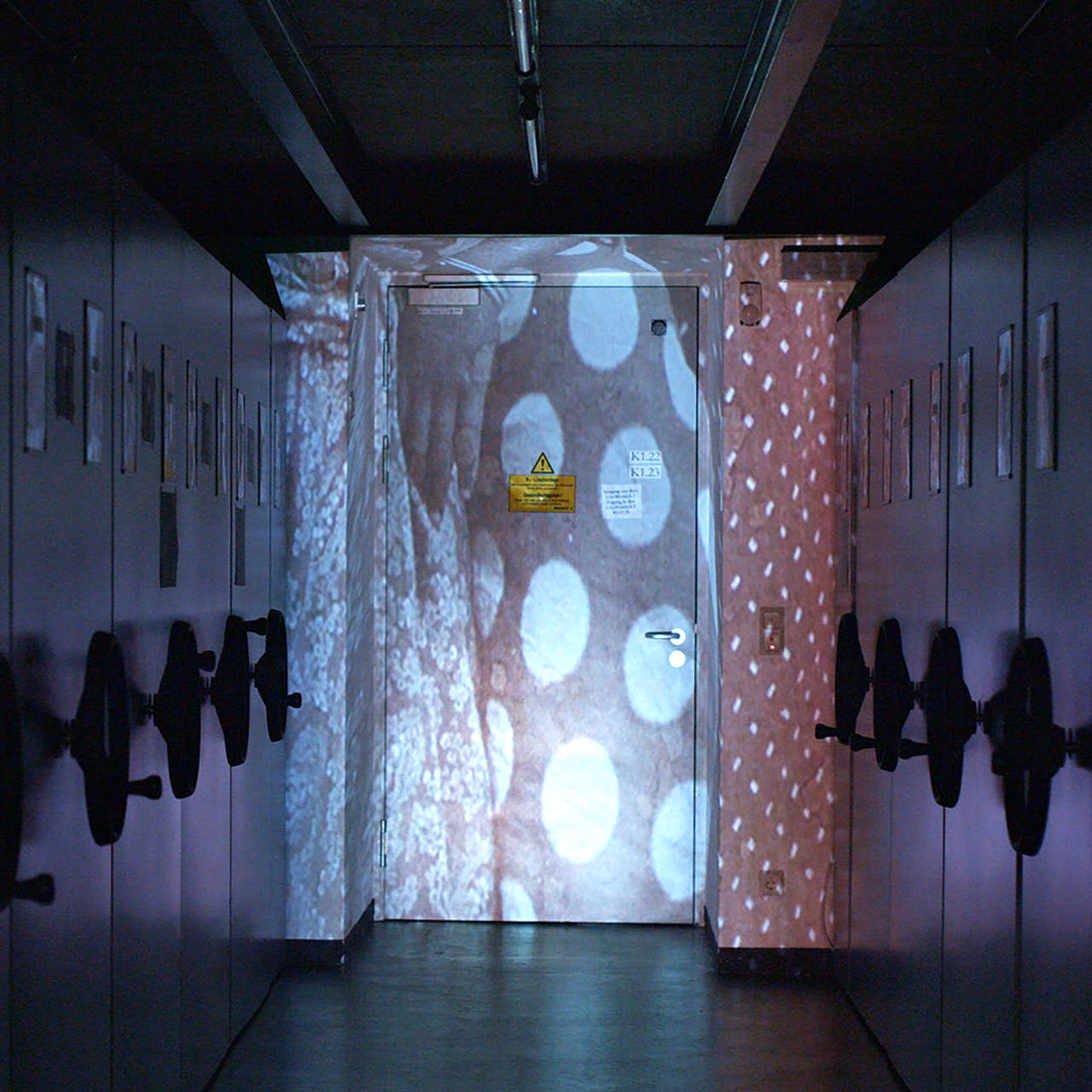
Following Yaarborley Domeï
Belinda Kazeem-Kamínski’s video piece is dedicated to a letter written by Yaarborley Domeï. This rare testimony to a past time describes not only...
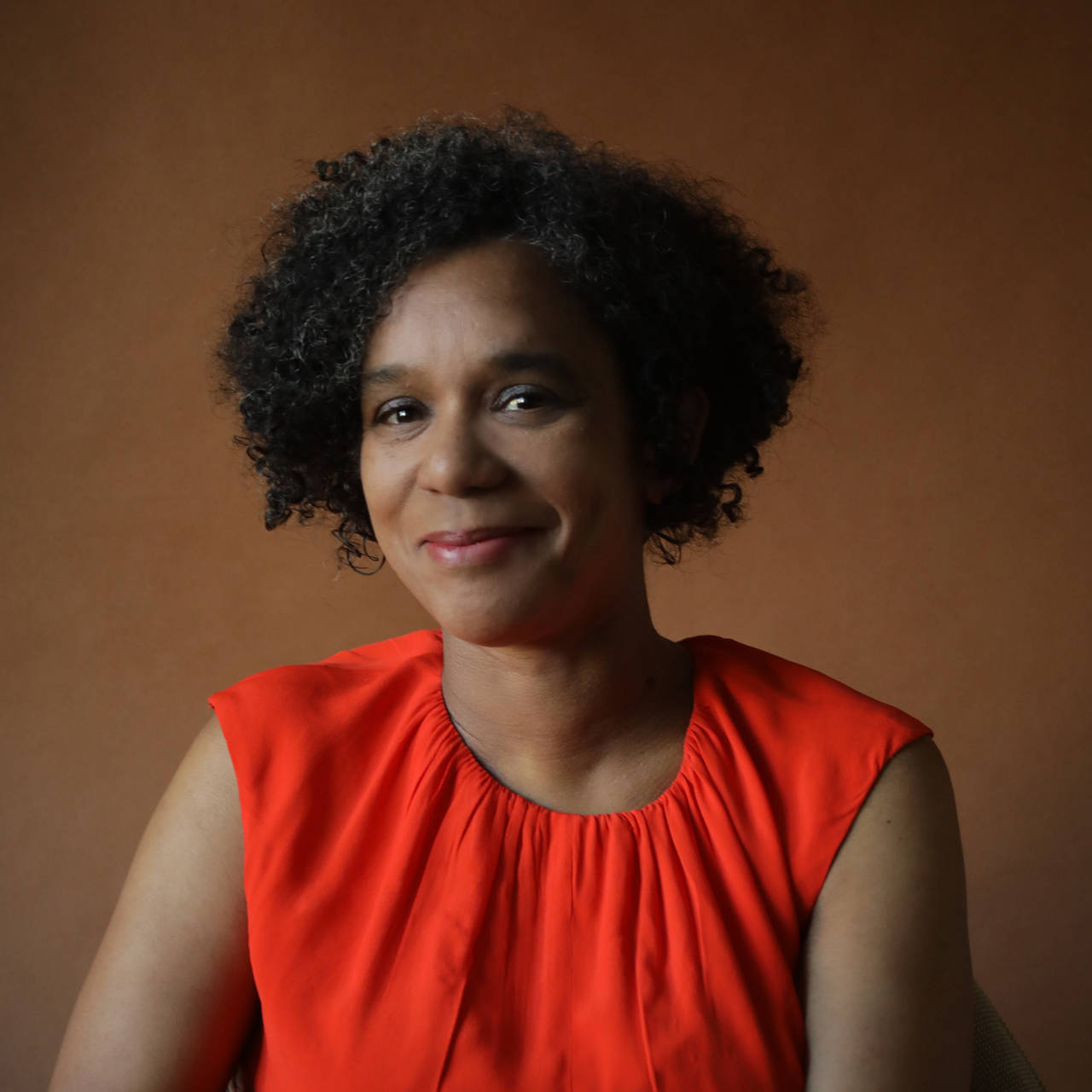
Empathy, but how? Julia Grosse talks to Elisabeth Wellershaus
What role do empathy and emotions play in the cultural world of today and tomorrow? In the first part of the interview series, curator Julia Grosse...
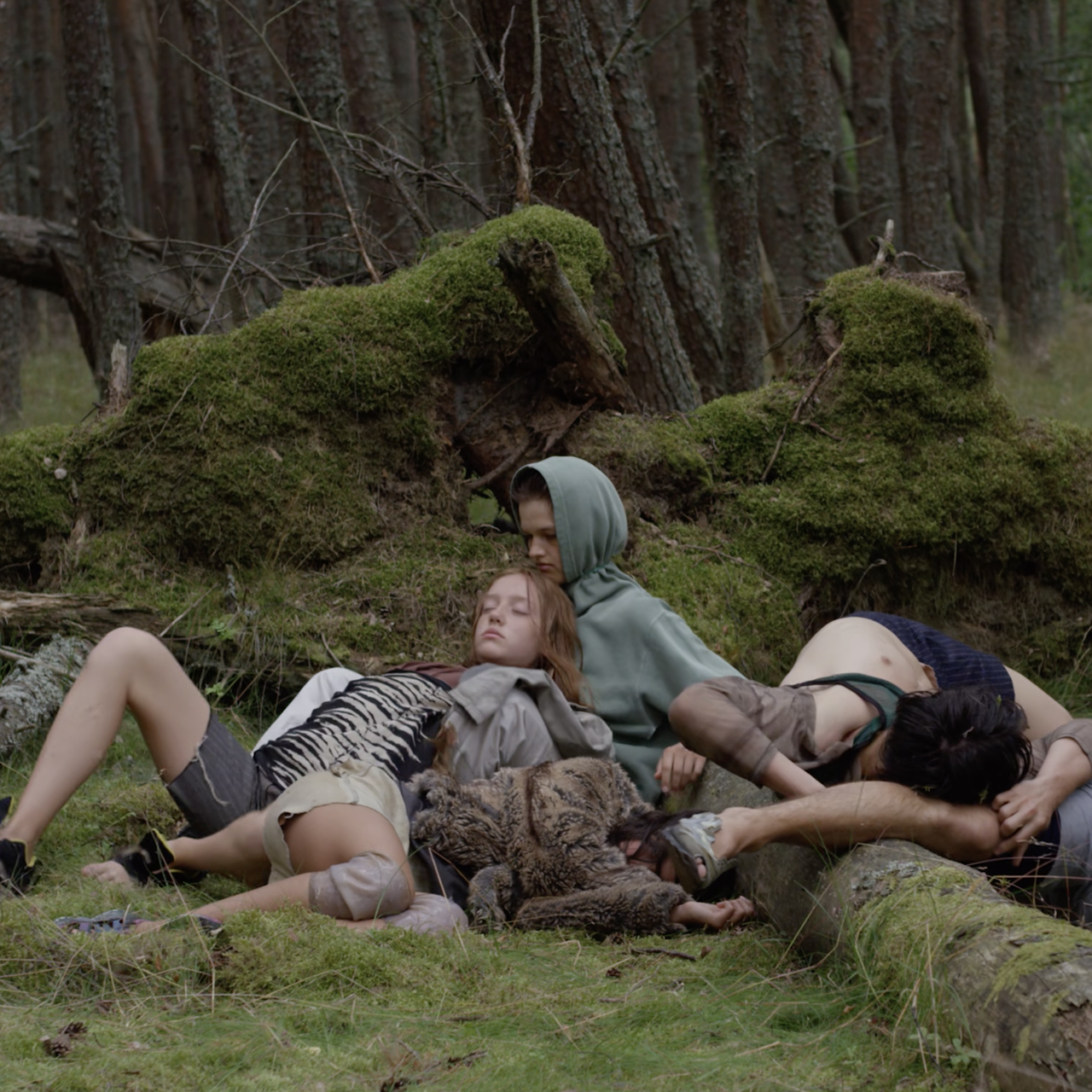
A Symphony of Transformation, Decay and Regeneration
Hybrid creatures with prostheses or organic forms jutting out of their bodies – in the upcoming DOUBLE FEATURE artist Eglė Budvytytė turns her...
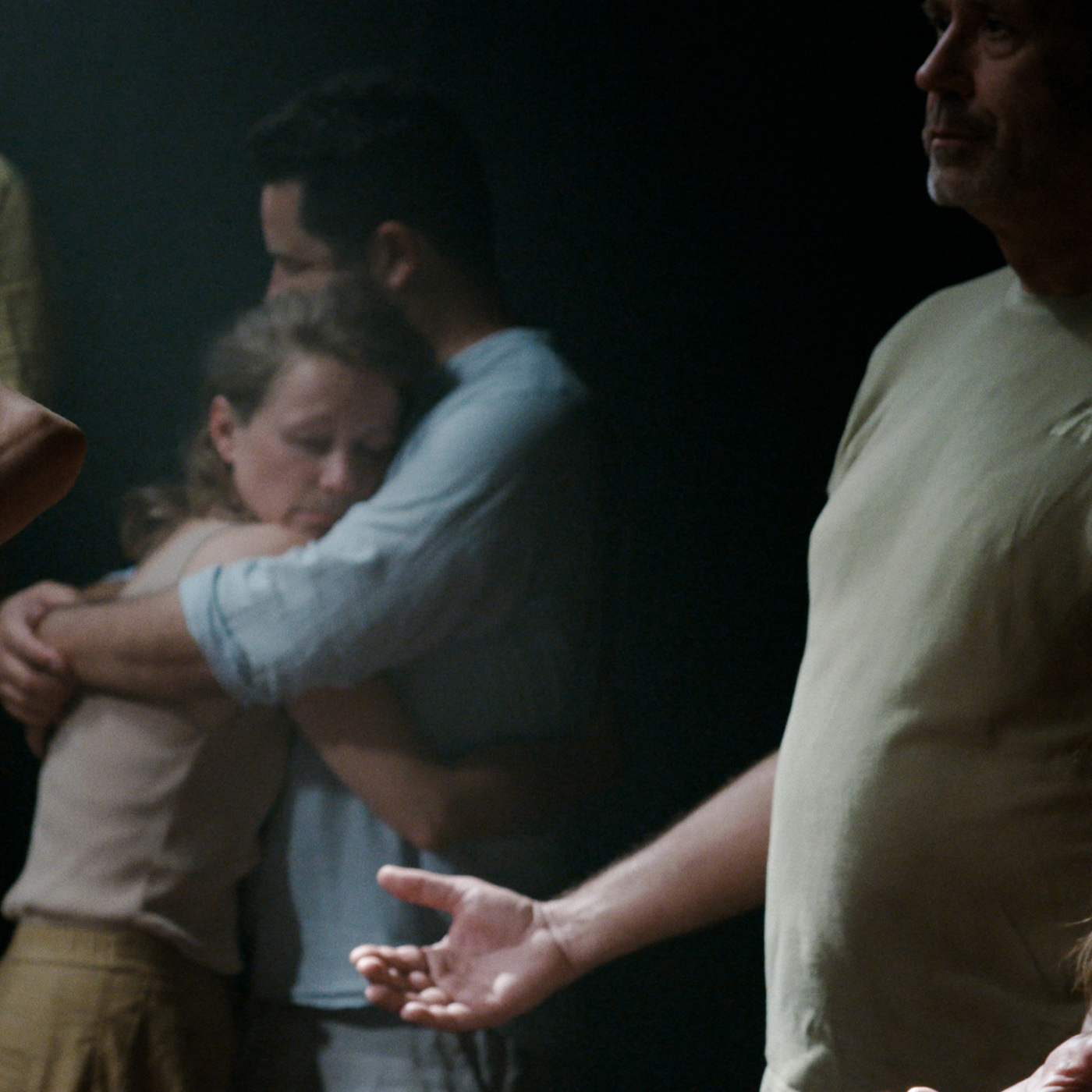
Just What is a Patriarchy?
Can women help men to articulate their emotions? And what is the response to feminist statements in patriarchal structures? Julika Rudelius looks into...
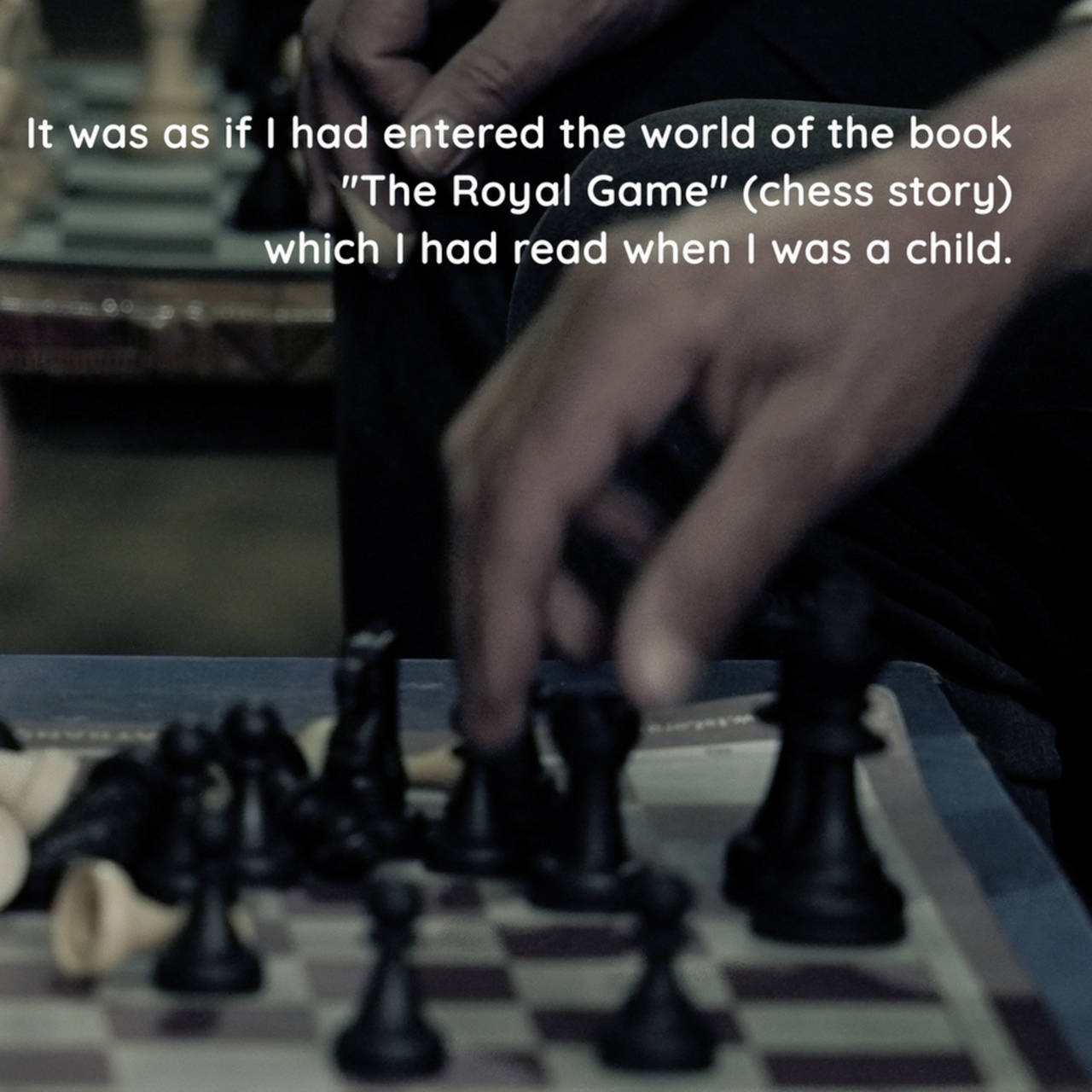
Chess Stands for Survival and Prison
In the upcoming DOUBLE FEATURE artist Pınar Öğrenci is screening her video “Aşît”, which was inspired by Stefan Zweig’s “The Royal Game”. She finds...
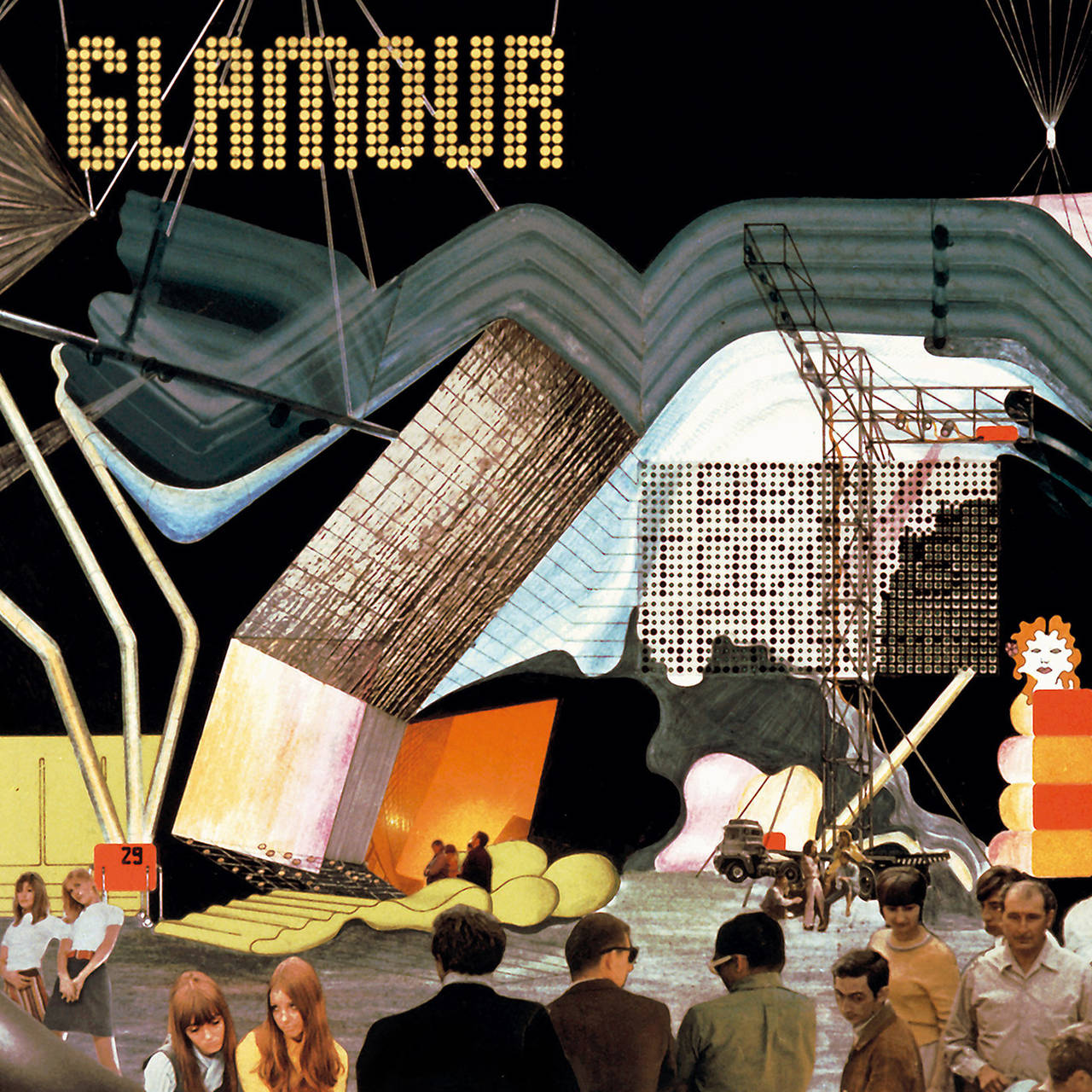
The eventful history of plastic in design
The collection of the Design Museum Brussels consists entirely of objects made of plastic. No wonder, that some of the works in PLASTIC WORLD, which...